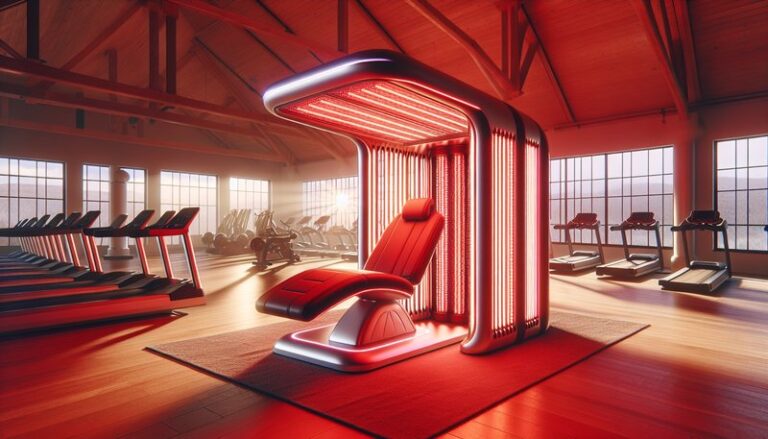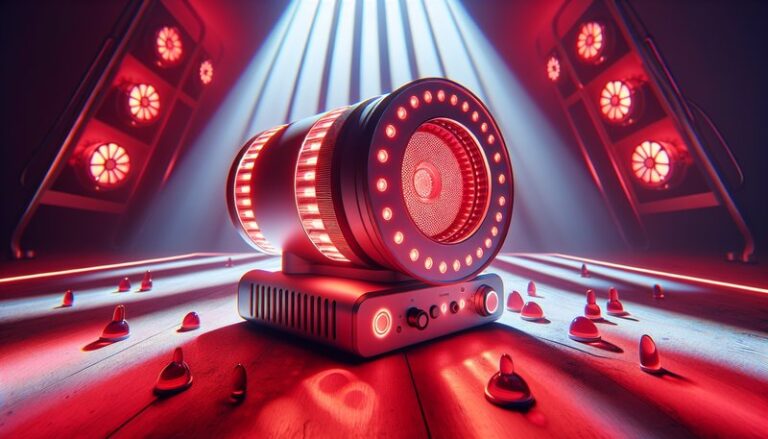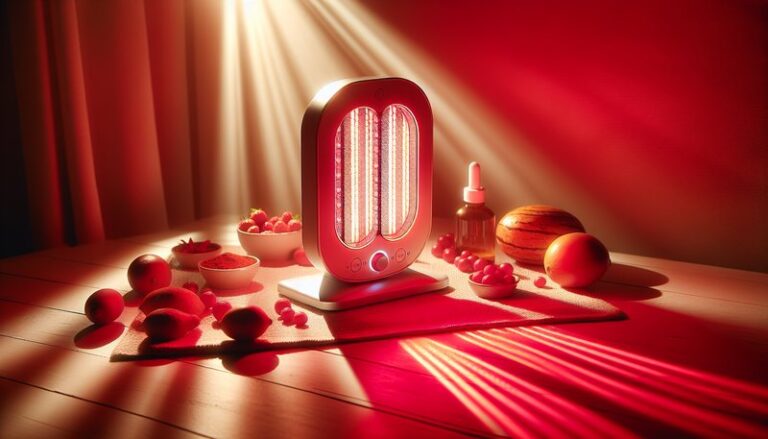Which Is The Best Red Light Therapy?
Which Is The Best Red Light Therapy?
Are you considering red light therapy for health and wellness? With numerous options available, finding the best can be overwhelming.
This article will explore what red light therapy is, its benefits, considerations before starting the treatment, and alternative options. By the end, you will be equipped with the information you need to make an informed choice about your red light therapy journey.
Key Takeaways
- Red light therapy utilizes specific wavelengths of light to promote healing and reduce inflammation.
- Key benefits include improved skin health, enhanced muscle recovery, and reduced pain.
- There are different devices and models available, which makes understanding your options crucial.
What is Red Light Therapy?
Red light therapy (RLT) is a treatment that uses low-level wavelengths of red light to promote healing and rejuvenation in the body. This non-invasive therapy is based on the biological reaction that occurs when red and near-infrared light penetrate the skin.
RLT is used in various applications, including dermatology for skin issues, sports medicine for muscle recovery, and pain management. Various devices, such as handheld units and full-body panels, are available to cater to different needs.
How Does It Work?
RLT works by energizing the cells in your body. When the red light penetrates the skin, it stimulates the mitochondria—the powerhouse of the cell—to produce more adenosine triphosphate (ATP). Increased ATP production leads to improved cellular function, enhanced healing, and reduced inflammation.
For the full story, read Does Red Light Therapy Help ED?
What are the Benefits of Red Light Therapy?
Engaging in red light therapy can yield a variety of health benefits. Here are some of the key advantages:
Get the complete picture Does Red Light Lift Skin?
Improved Skin Health
RLT is effective in treating skin conditions such as acne, eczema, and psoriasis. Numerous studies show that it can reduce wrinkles and fine lines by increasing collagen production, leading to healthier, more youthful skin.
Enhanced Muscle Recovery
Athletes and fitness enthusiasts have found RLT beneficial for post-workout recovery. It promotes faster healing of muscle tissues and reduces soreness, enabling quicker return to physical activities.
Pain Reduction
Many individuals turn to RLT for chronic pain management. Studies have demonstrated its efficacy in reducing pain associated with conditions like arthritis, back pain, and neuropathy through its anti-inflammatory properties.
Improved Sleep Quality
RLT can also influence sleep patterns positively. By regulating melatonin levels, it may help improve overall sleep quality, especially for those struggling with insomnia.
Mood Enhancement
Some users report improved mood and mental clarity after RLT sessions. The therapy may promote the release of endorphins and serotonin, contributing to an overall sense of well-being.
Is it Possible to Use Red Light Therapy at Home?
Yes, many devices designed for home use allow individuals to experience the benefits of red light therapy conveniently. At-home devices come in a variety of forms, including handheld units, panels, and light masks.
What are the Advantages of Home Red Light Therapy?
Convenience is one of the primary benefits of using red light therapy at home. You can use the devices at your own pace and schedule without needing to visit a clinic.
Additionally, home devices tend to be more cost-effective in the long run, as they eliminate the need for ongoing professional treatments.
What are the Disadvantages of Home Red Light Therapy?
However, the effectiveness of home devices may vary significantly compared to professional-grade equipment. Users should ensure they select well-reviewed and properly calibrated units.
Some individuals may also find it challenging to adhere to a consistent routine without professional guidance.
What are the Things to Consider Before Starting Red Light Therapy?
When considering red light therapy, here are some important factors to keep in mind:
Device Quality
Ensure that you choose a high-quality device that emits the appropriate wavelengths for therapeutic effects. Look for FDA-cleared or approved devices and read reviews before making a purchase.
Treatment Duration and Frequency
Understanding how long and how often to use the device is crucial for effectiveness. Start with shorter sessions and gradually increase timing according to needs and tolerance.
Consultation with a Healthcare Provider
If you have underlying health conditions or are pregnant, it’s essential to consult with a healthcare professional before undergoing red light therapy, especially if using devices at home.
Personal Goals
Identify your specific goals for using red light therapy. Whether it’s for skin rejuvenation, muscle recovery, or pain relief, having clear objectives will help you choose the right device and application method.
What are the Alternatives to Red Light Therapy?
If red light therapy isn’t the right fit for you, consider these alternative therapies:
Infrared Sauna
Infrared saunas use infrared heaters to emit radiant heat, providing benefits such as detoxification, relaxation, and improved circulation without the use of light therapy.
Cold Laser Therapy
Also known as low-level laser therapy (LLLT), this technique uses focused light to stimulate healing and reduce pain without the heat associated with infrared lights.
Microdermabrasion or Chemical Peels
For skin health, treatments like microdermabrasion or chemical peels can help rejuvenate the skin by exfoliating dead skin cells and promoting new cell growth.
Acupuncture
This ancient practice may alleviate pain and support overall wellness. It involves inserting thin needles into specific points on the body to enhance healing and balance energy.
Conclusion: Is it Recommended to Try Red Light Therapy?
Red light therapy presents a promising approach to various health and wellness goals, including skin health, muscle recovery, and pain reduction. With careful consideration of device quality, personal objectives, and professional guidance, it can be a beneficial addition to your wellness routine.
However, be mindful of the alternatives available and assess which method resonates best with your individual needs.
Frequently Asked Questions
What types of conditions can red light therapy treat?
Red light therapy can effectively treat a range of conditions, including acne, psoriasis, arthritis, hair loss, muscle injuries, and more.
How long does it take to see results from red light therapy?
Results can vary based on individual circumstances and conditions but many users begin to notice improvements within a few weeks of consistent use.
Is red light therapy safe?
When used correctly, red light therapy is considered safe with minimal side effects. Always follow the manufacturer’s guidelines and consider consulting a healthcare provider if unsure.
Can I use red light therapy while pregnant?
While there is limited research on the effects of RLT during pregnancy, it is advisable to consult with a healthcare professional before using any therapeutic devices during this time.
How much does red light therapy cost?
The cost of red light therapy can vary widely based on the method of treatment (home device vs. professional treatment) and the specific device chosen. Prices for home devices typically range from $50 to over $1,000.






